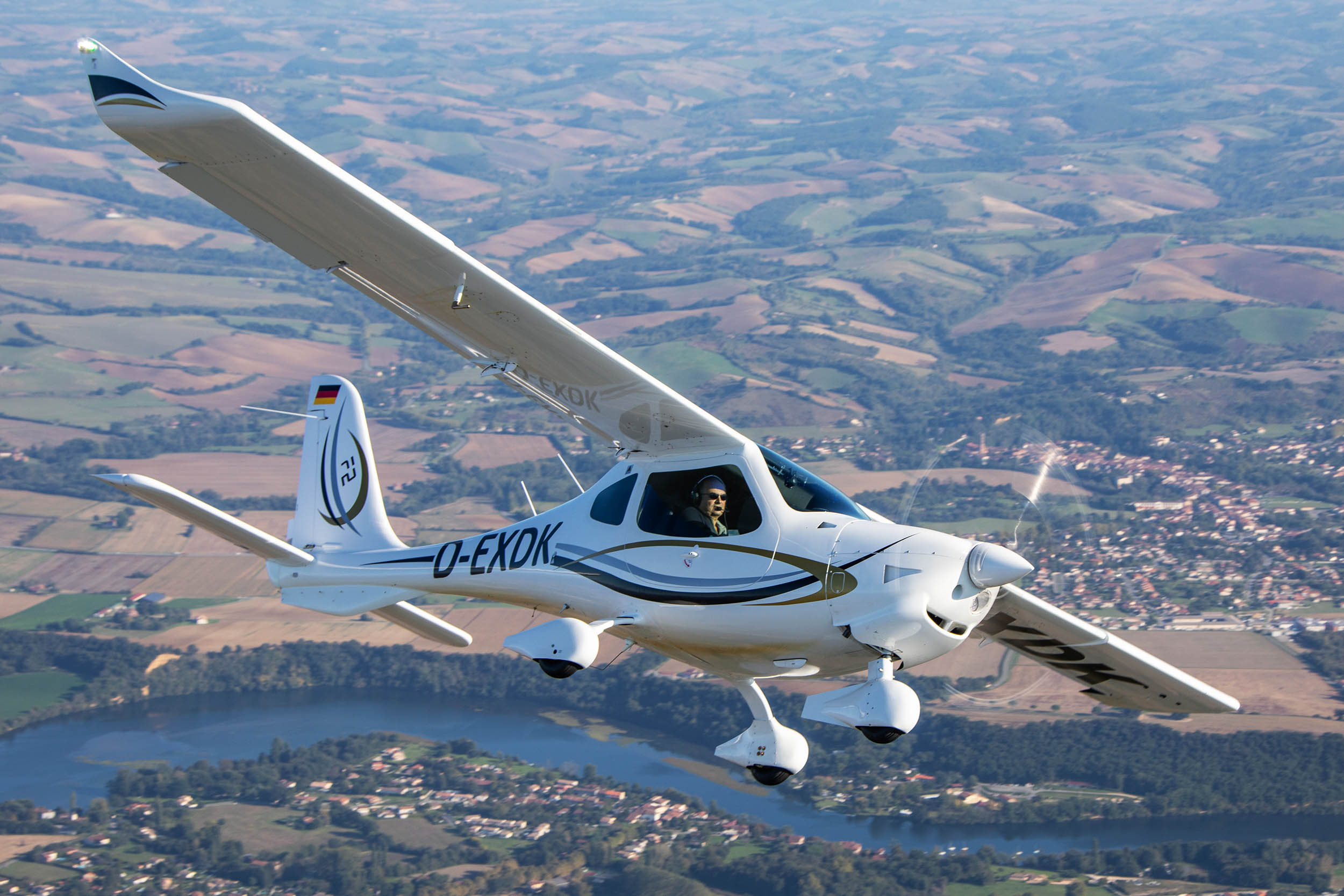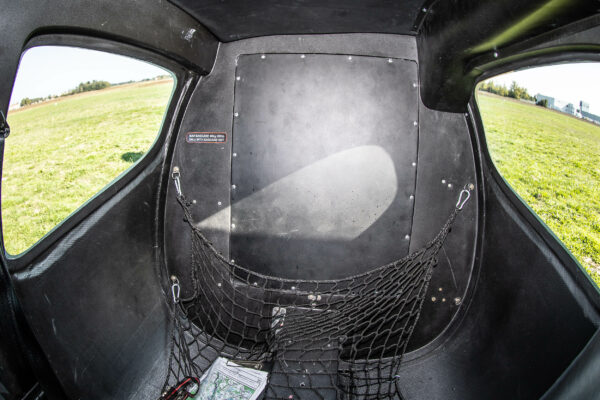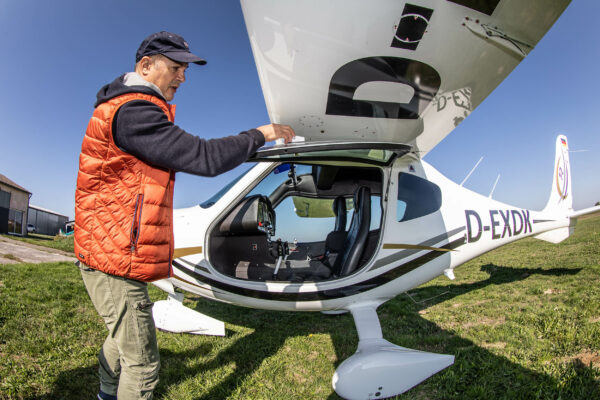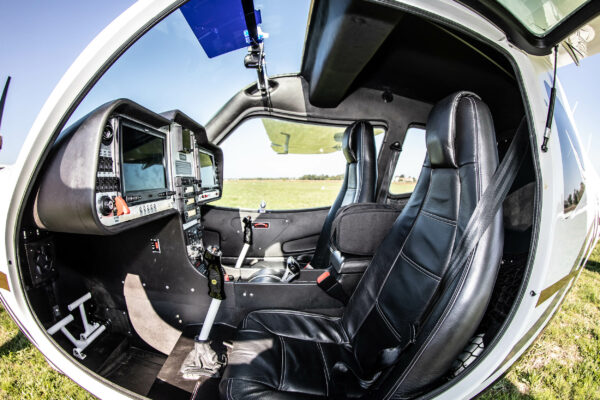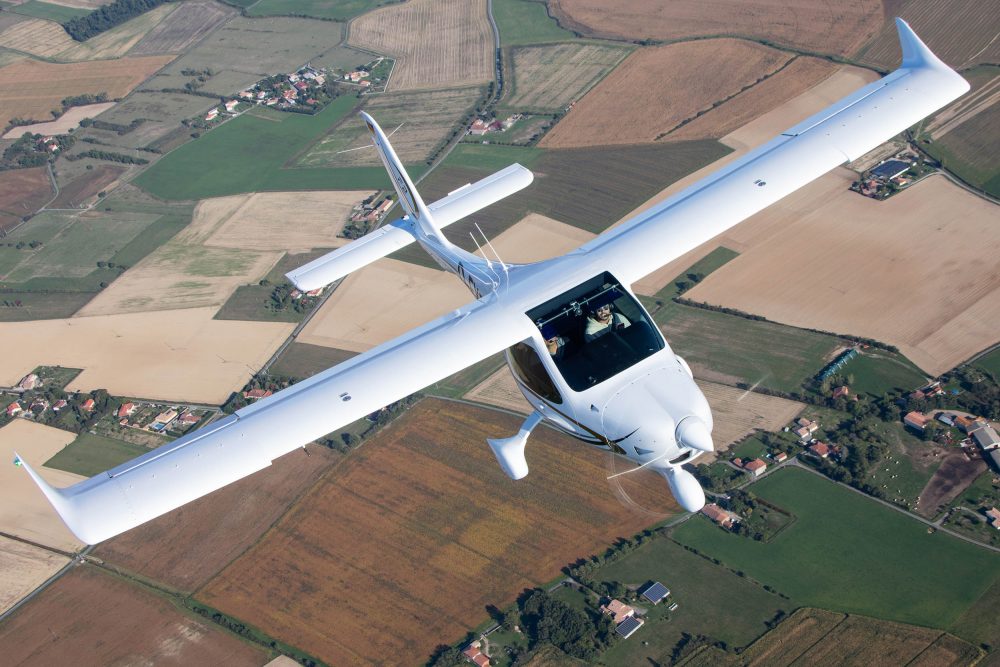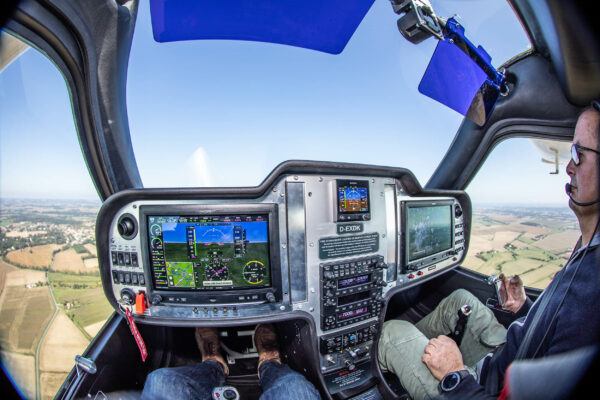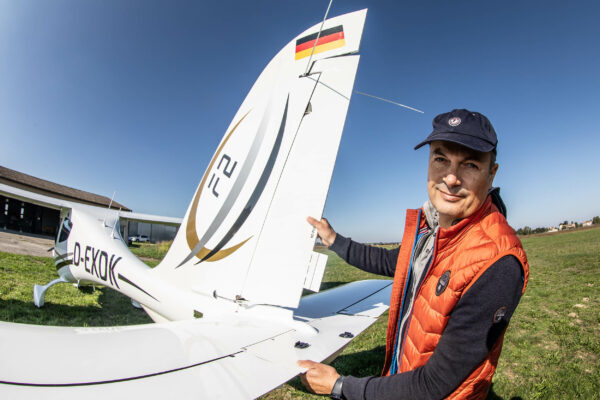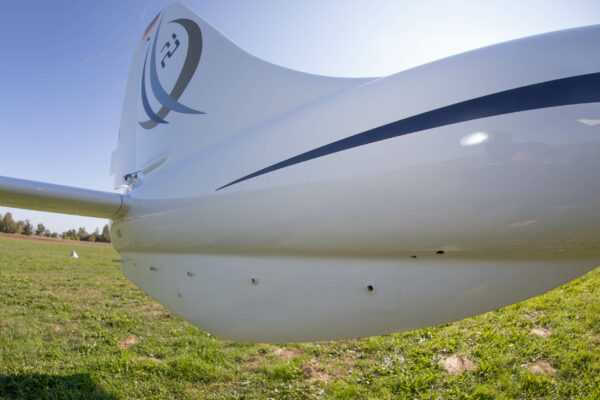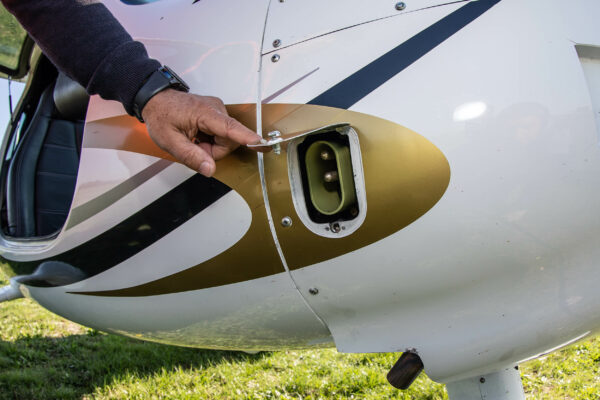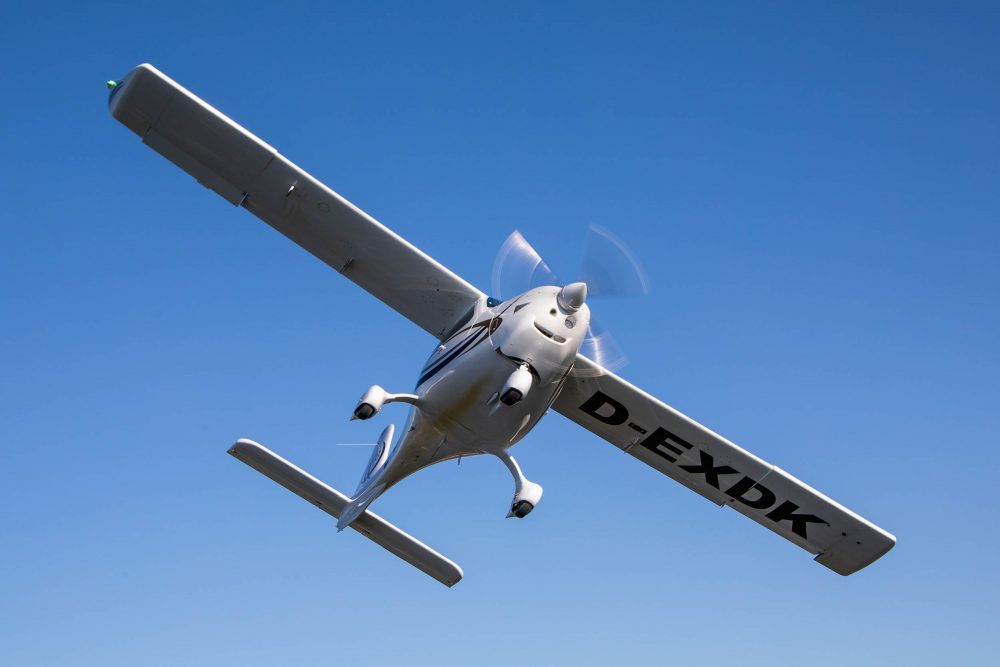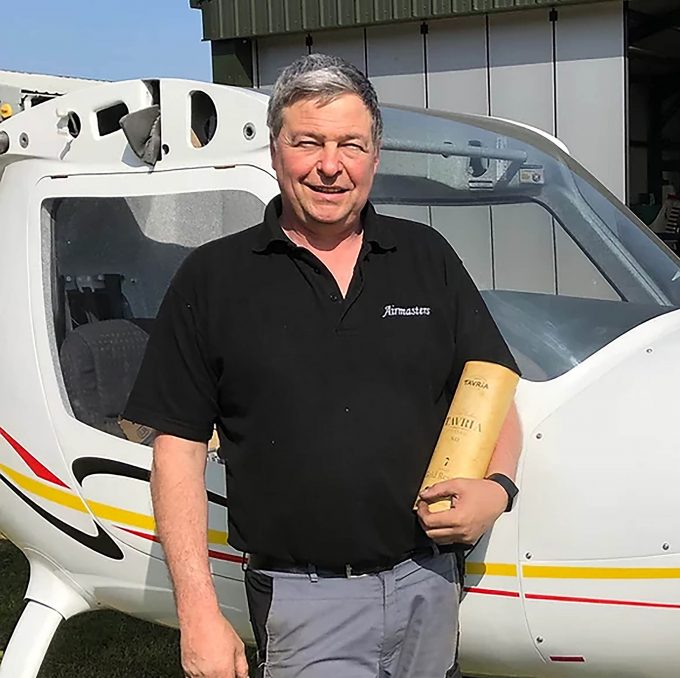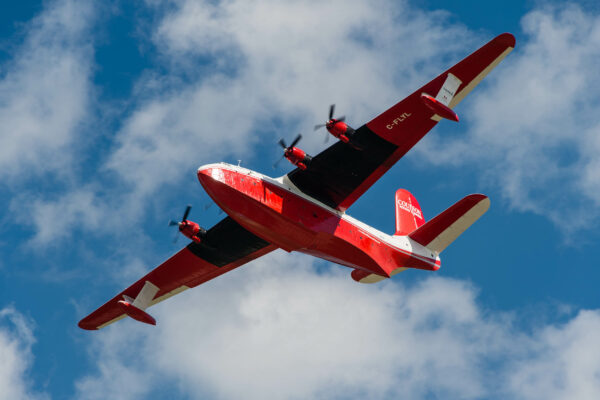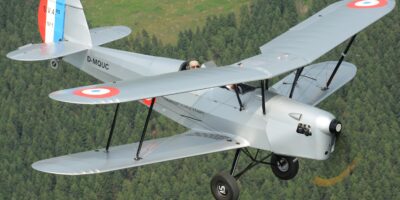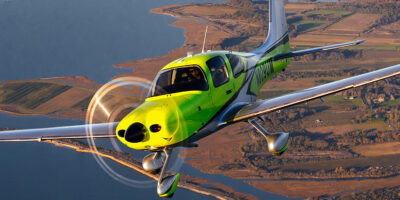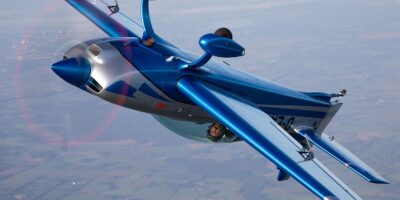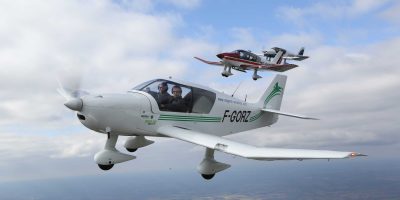Recent history
The F2 really does behave like an aeroplane and not like a microlight, and is a big change from the CT.
Looking back at Flight Design’s recent history, in 2016 was put into ‘safeguard’ with a pile of debt, and the company has since been bought by a holding company LiftAir, owned by a German businessman, Sven Lindig, based in Eisenach, Germany. Flight Design’s finances are healthy today and the factory has been producing 60 machines a year since 2017.
More than 2,000 CTs are flying worldwide and it’s a well-liked aircraft in both microlight and Light Sport Aircraft configurations. In the UK, Gary Master’s company, Airmasters, has taken over from Oliver Achurch as the UK agent, and is based at Airfield Farm, Sulby, Northants (see sidebar).
Flight Design’s goal is to develop a new range of aircraft: F2, F4, F6, i.e. two-, four- and six-seaters. The F4 (four-seater) currently under development, will be powered by the soon-to-be rolled out 160hp Rotax 916 with a cruise speed of 150kt.
The factory is still in Kershon, Ukraine, and the delivery centre for certified aircraft is in Sumperk, Czech Republic.
Flight Design says the F2 is ideally suited for use in flying clubs for school, and leisure travel. Two versions will be offered, VFR and IFR. The IFR version, yet to be certified, will be a little heavier. Flight Design is also talking about an F2 fitted with the more powerful Rotax 915iS engine, which would improve performance further at the expense of fuel burn – and cost. The 915iS is not an inexpensive engine. Whether flight schools and individuals would see the benefit of a two-seater with that extra power is debatable, and the heavier engine would eat into the payload.
The obvious advantages of the F2 are its long range, its large cabin volume, its airframe that is 50% stronger than the CTLS in case of a crash, its standard airbags, its modern and complete avionics (autopilot included in the standard versions) and it’s easy handling.
However, price-wise, at €238,880, the F2 is at the high-end of the two-seater market and it’s pretty competitive market these days. It’s up against a host of rivals including the all-metal Sonaca 200, new carbon fibre French Elixir, a choice of two Tecnams, the PS-28 Cruiser, Pipistrel SW121 Virus, Bristell B23, the long running Diamond DA20 and even the three-seat Piper Pilot 100 based on the even longer running Cherokee… let alone competition from more expensive but more flexible four-seaters. Pilots and flight schools alike have never had it so good.


